
56999 Espagne, Isabelle II, 8 Maravedis TTB+, 8 Maravedis, De 51 à 150 Euros, Jubia, Cuivre
Your search for 'maravedis' matched 994 lots from auctions added in the last six months. To search our full database of over 8 million records, please subscribe to CoinArchives Pro. Search for 'maravedis' in upcoming auctions at Your search for 'maravedis' matched 994 lots from auctions added in the last six months.
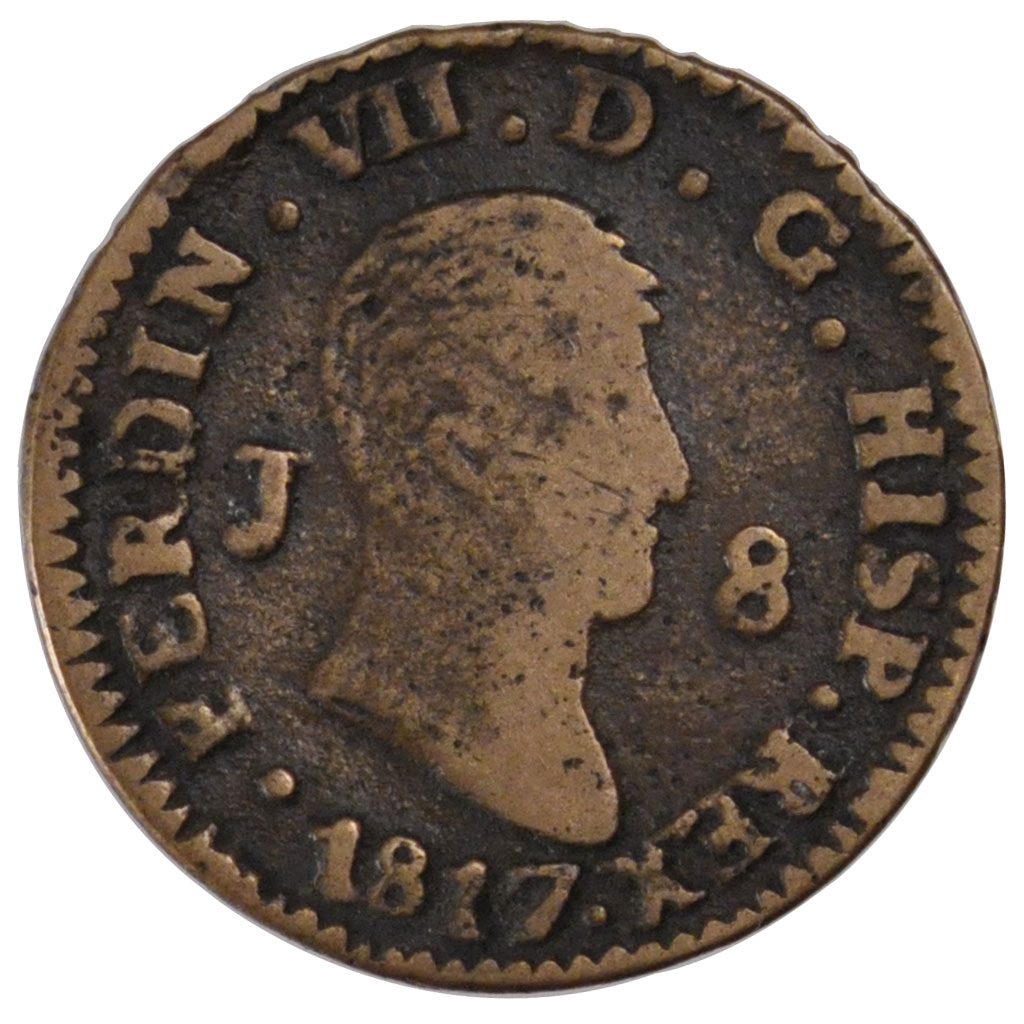
56996 Espagne, Ferdinand VII, 8 Maravedis TB+, 8 Maravedis, De 16 à 50 Euros, Bronze, 1817
Detailed information about the coin 4 Maravedis, Felipe IV, Spain, with pictures and collection and swap management: mintage, descriptions, metal, weight, size, value and other numismatic data

25519 Espagne, Philippe IV, 16 Maravedis SUP+, 16 Maravedis, De 151 à 500 Euros, Madrid
The maravedi remained the standard gold coin until 1537, when the escudo became the primary gold currency. Since then, the Spanish have also introduced the centimo and the peseta. Currently, Spain is a member of the European Union and uses the Euro as its standard currency. Maravedi Coin, Salamanca Reign (1188-1230) MARAVEDIS
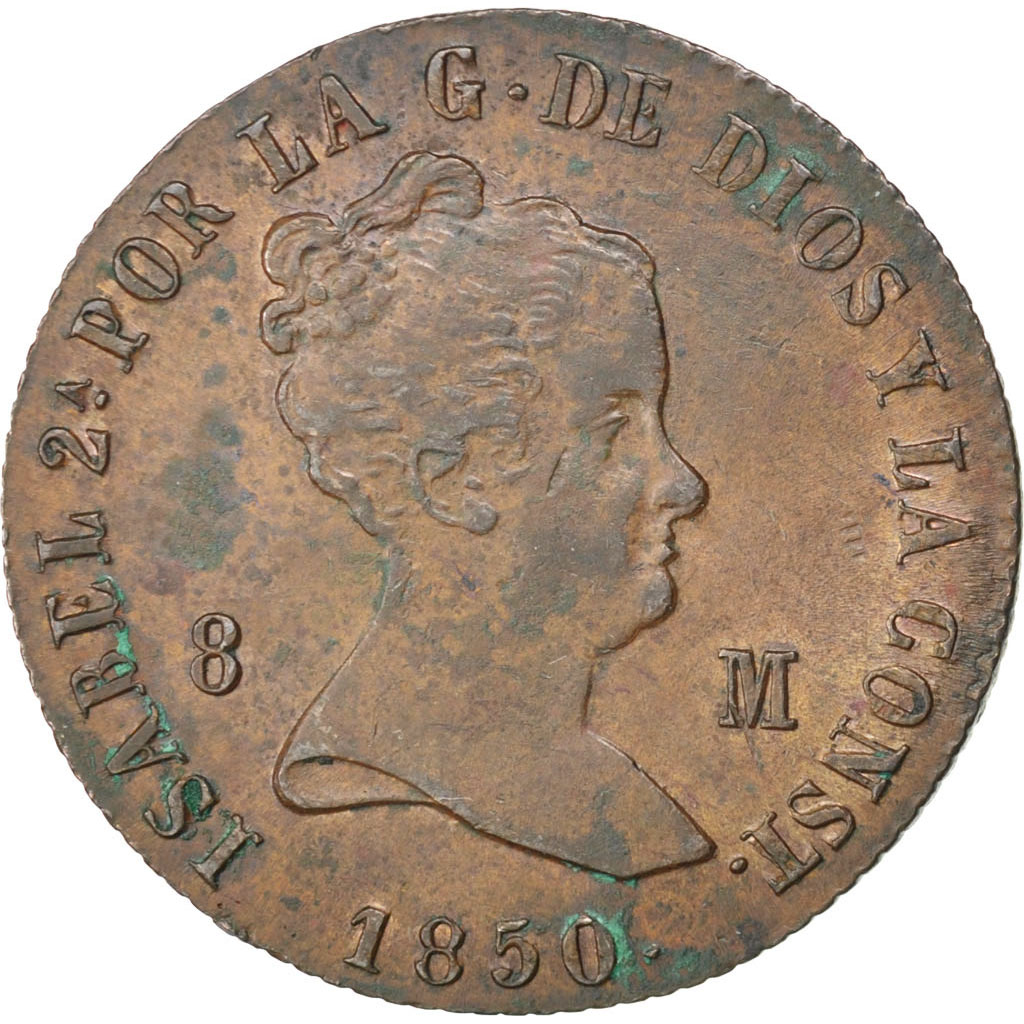
32560 Espagne, Isabelle II, 8 Maravedis, 1850, Jubia SUP, 8 Maravedis, De 151 à 500 Euros
Maravedis (also known as morabitinos), were the most important currency for trade between the Christian states and the Arab countries. They were imitations of the gold dinars issued by the Arabs in southern Spain and northern Africa at that time.
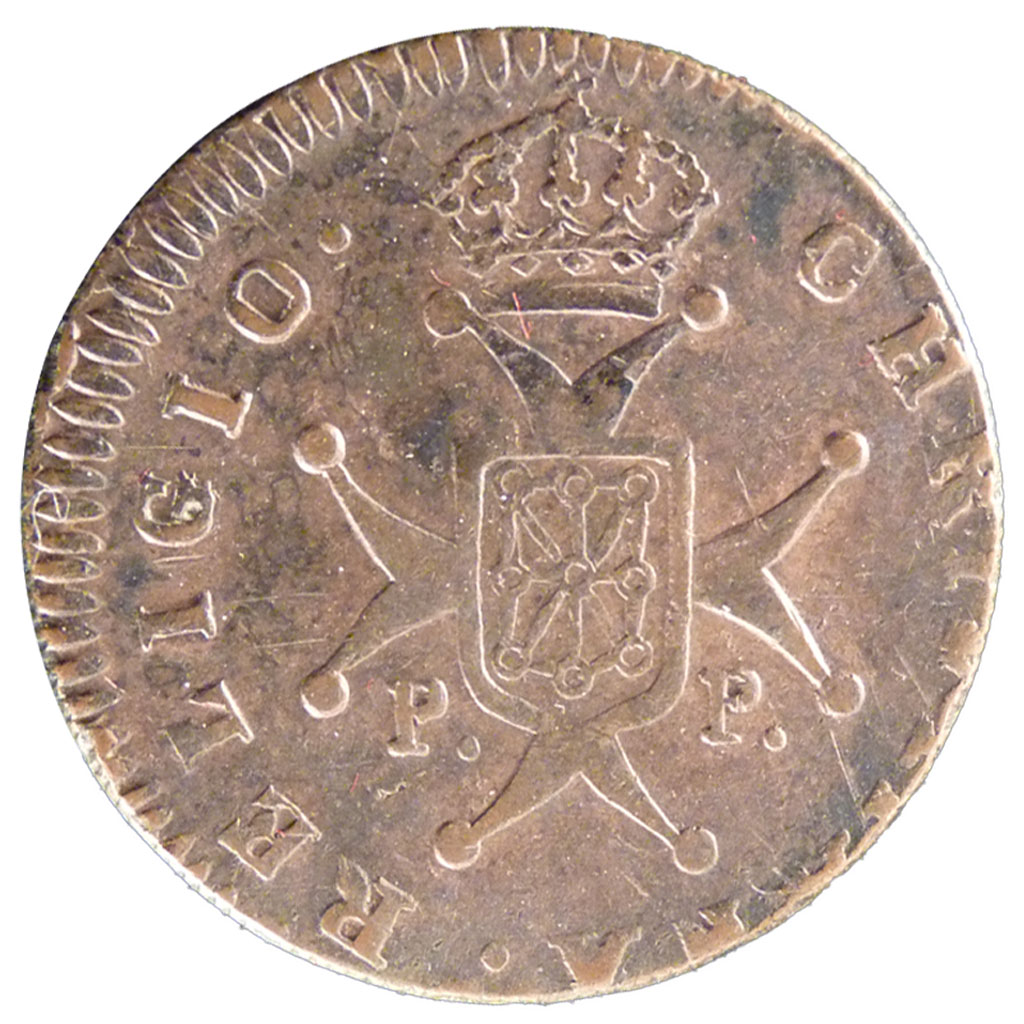
21044 Ferdinand III, Espagne, Royaume de Navarre, 3 Maravédis TB+, 3 Maravédis, De 51 à 150
It's interesting that payroll was only a small part of that "On the first voyage, the crew was paid as follows: Masters and pilots, 2000 maravedis per month; able seamen, 1000 maravedis per month; ordinary seamen and ship's boys, 666 maravedis per month. Total payroll was 250,180 per month." - Fizz Jun 24, 2020 at 10:01 3
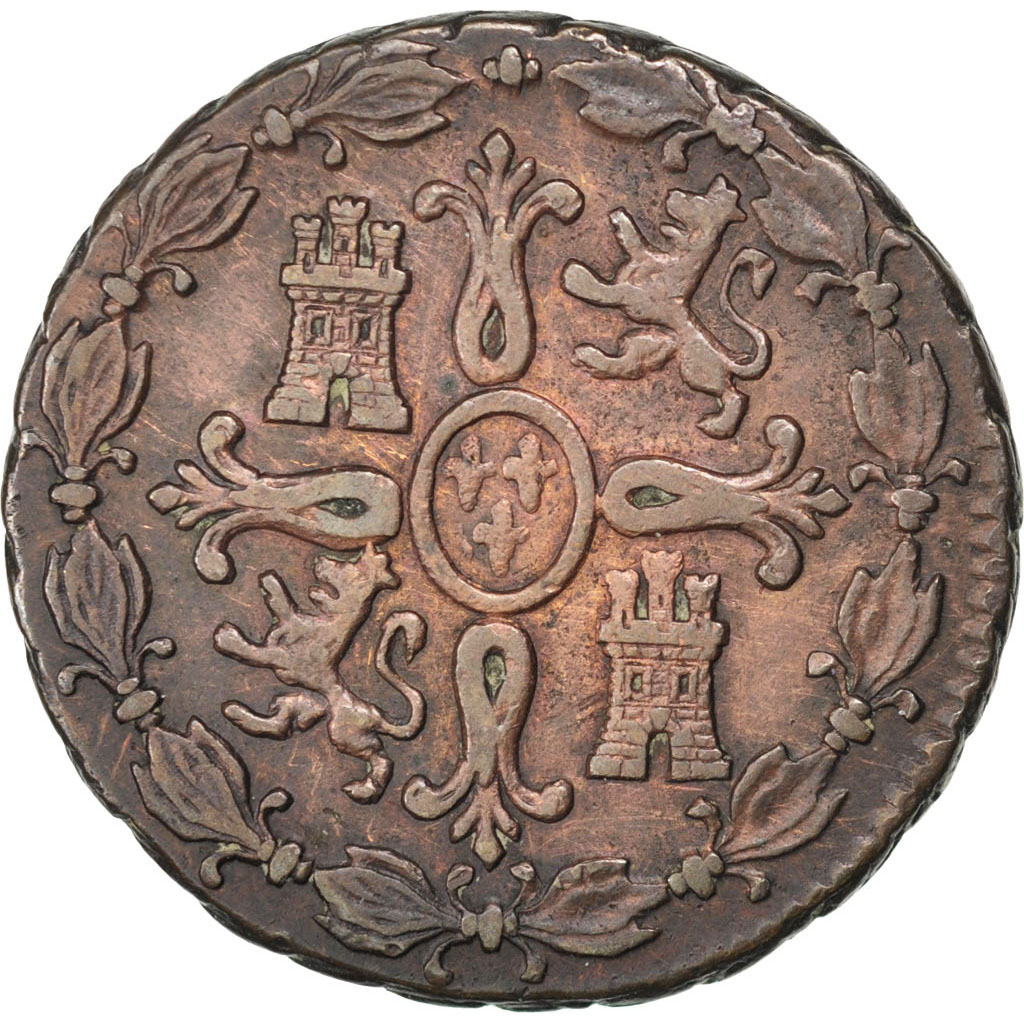
32546 Espagne, Ferdinand VII, 8 Maravedis, 1825, Ségovie TTB, 8 Maravedis, De 51 à 150 Euros
Spain changed its currency from peseta to euro in 2002. Euro is the current currency of Spain. From 1989 to present many coins of precious metals have been struck for collectors.. 1 Real = 4 Cuartillos = 34 Maravedis · 1 Maravedi = 2 Blancas · 1 Escudo = 16 Reales · 1 Excelente = 375 Maravedis. 1 Blank - Ferdinandus V and Elisabet I

503141 Espagne, Ferdinand VII, 8 Maravedis, 1820, Jubia, TTB, Cuivre, KM491 TTB, 8 Maravedis
Also, maravedis were a smaller unit of currency than a real (coin made of silver) or a escudo (coin made of gold). It was frequently used as a book keeping unit because it could be converted into either silver or gold specie. In some ways it would be like calculating using the penny. For example, in 1497 a real was made up of 34 maravedis and a.
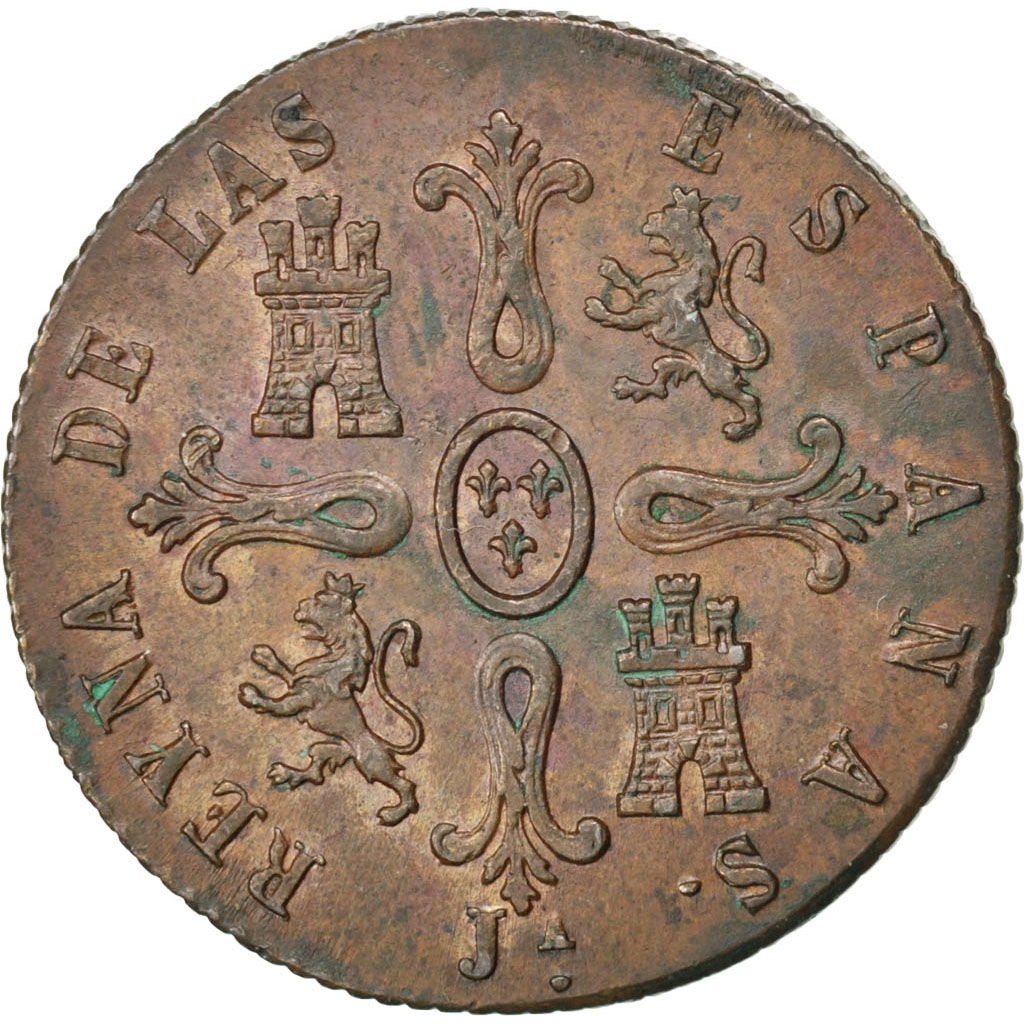
32560 Espagne, Isabelle II, 8 Maravedis, 1850, Jubia SUP, 8 Maravedis, De 151 à 500 Euros
Duplicate this page. Detailed information about the coin 8 Maravedis, Felipe IV, Spain, with pictures and collection and swap management: mintage, descriptions, metal, weight, size, value and other numismatic data.

Distinguir lo bueno de lo mejor 8 maravedís de Isabel II Blog Numismatico
Coin catalog [Currency: Spanish maravedí] [1/48]. Buy, sell, trade and exchange collectibles easily with Colnect collectors community. Only Colnect automatically matches collectibles you want with collectables collectors offer for sale or swap. Colnect collectors club revolutionizes your collecting experience!

251510 Espagne, Charles IV, 4 Maravedis TTB, 4 Maravedis, De 16 à 50 Euros, Cuivre, 1804
¿Alguno sabe a cuanto equivale un maravedí a euros? Es simplemente por saber, me refiero a la época de los Austrias. Saludos y gracias. argentino.070 TRIBVNO Cantidad de envíos : 3667 Edad : 58 Localización : gijon,asturias • Actividad : 1441 Fecha de inscripción : 01/05/2013 Tema: Re: ¿A cuánto equivale un maravedí? Jue 14 Nov 2013, 9:38 pm
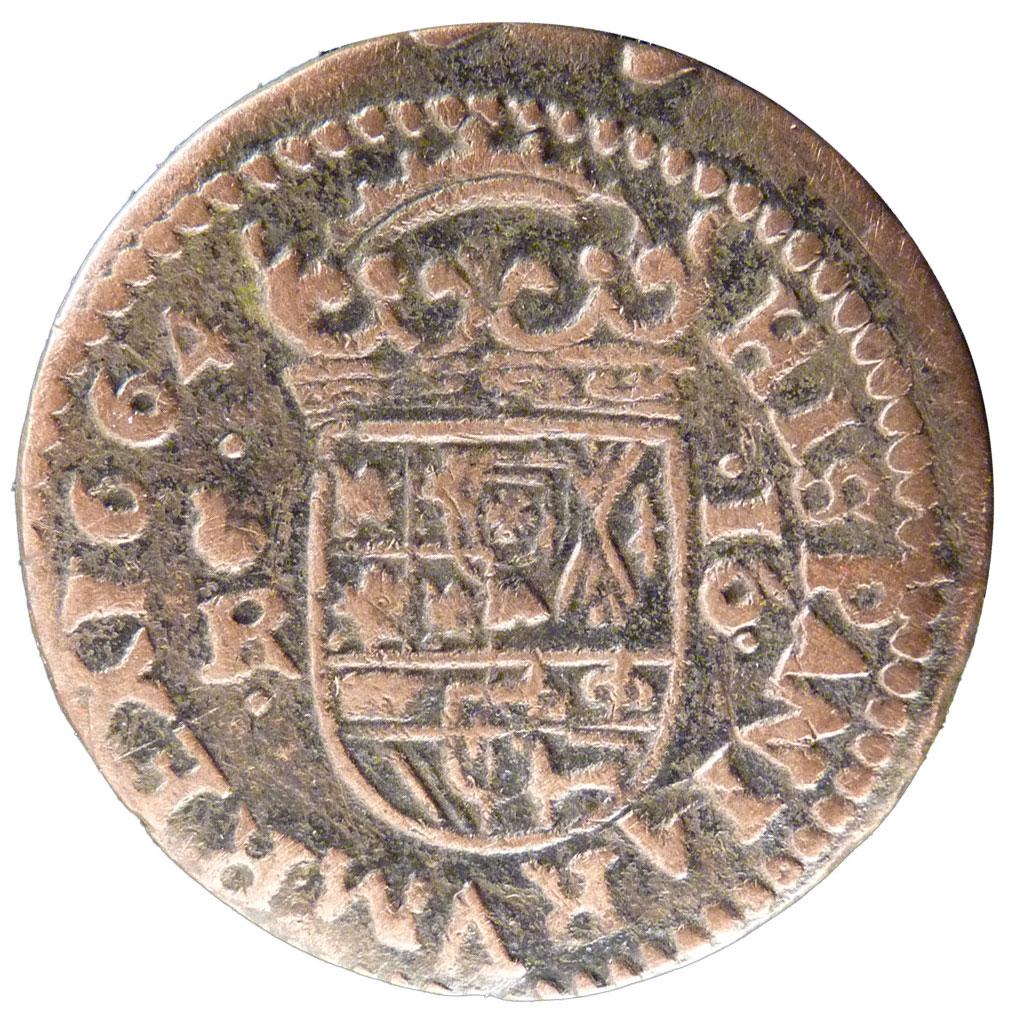
21031 Philippe IV , Espagne, 16 Maravedis TTB, 16 Maravedis, De 16 à 50 Euros, Bronze, 1664
The maravedí or maravedi , , was the name of various Iberian coins of gold and then silver between the 11th and 14th centuries and the name of different Iberian accounting units between the 11th and 19th centuries.

503141 Espagne, Ferdinand VII, 8 Maravedis, 1820, Jubia, TTB, Cuivre, KM491 TTB, 8 Maravedis
El resumen es que 1 maravedí viene a ser, aproximadamente, 10 céntimos de euro. Haciendo equivalencias con las monedas: Un Real (34 maravedís) es 3,4 euros, un Ducado (375 maravedís) 37,5 euros y un Escudo (que son unos 400 maravedís) 40 euros.
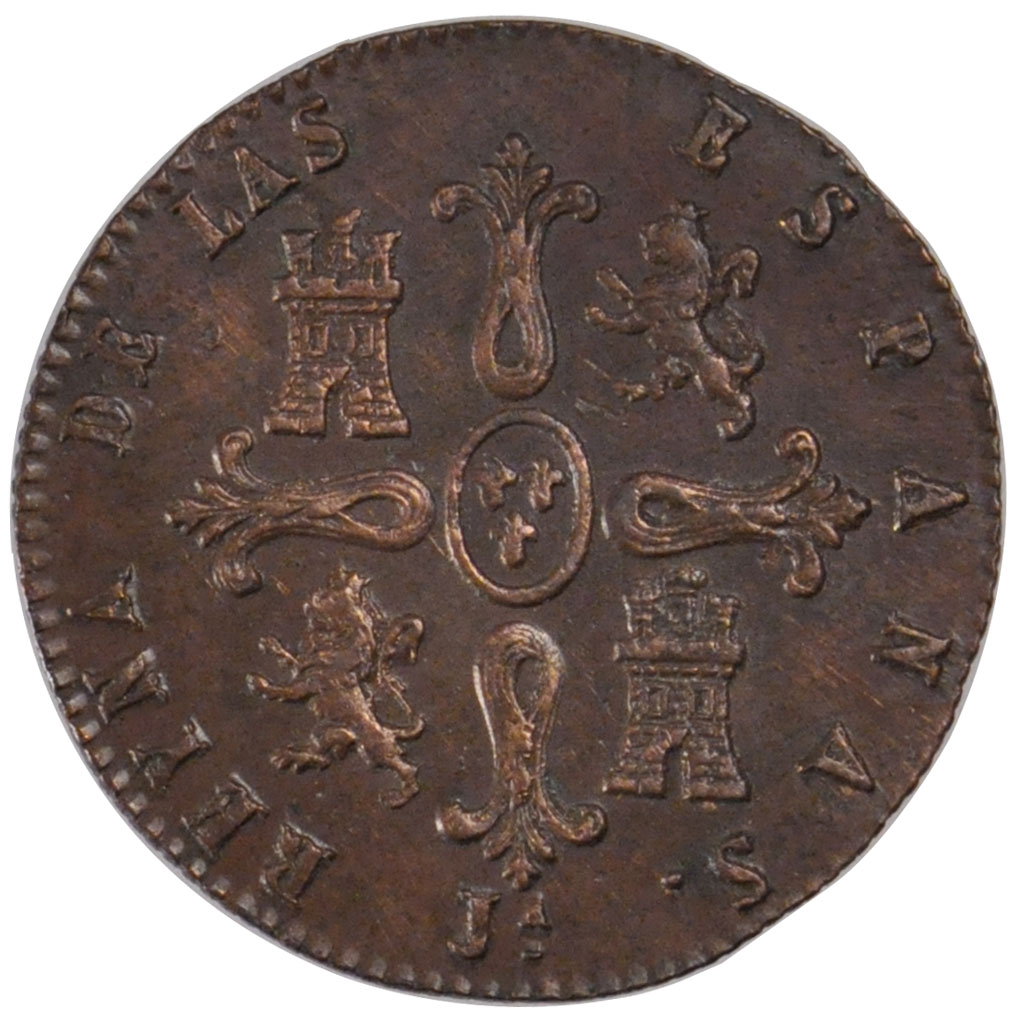
56999 Espagne, Isabelle II, 8 Maravedis TTB+, 8 Maravedis, De 51 à 150 Euros, Jubia, Cuivre
Spain had a completely different currency system; consisting of maravedis, reals and pesos. There were 34 maravedis to a real and 8 reals to a peso. Fortunately the peso was equivalent to the thaler and thus it was easy to convert other values. A real was worth 6 English pence or 5 Dutch stuivers. Spain had suffered sufficient inflation that.
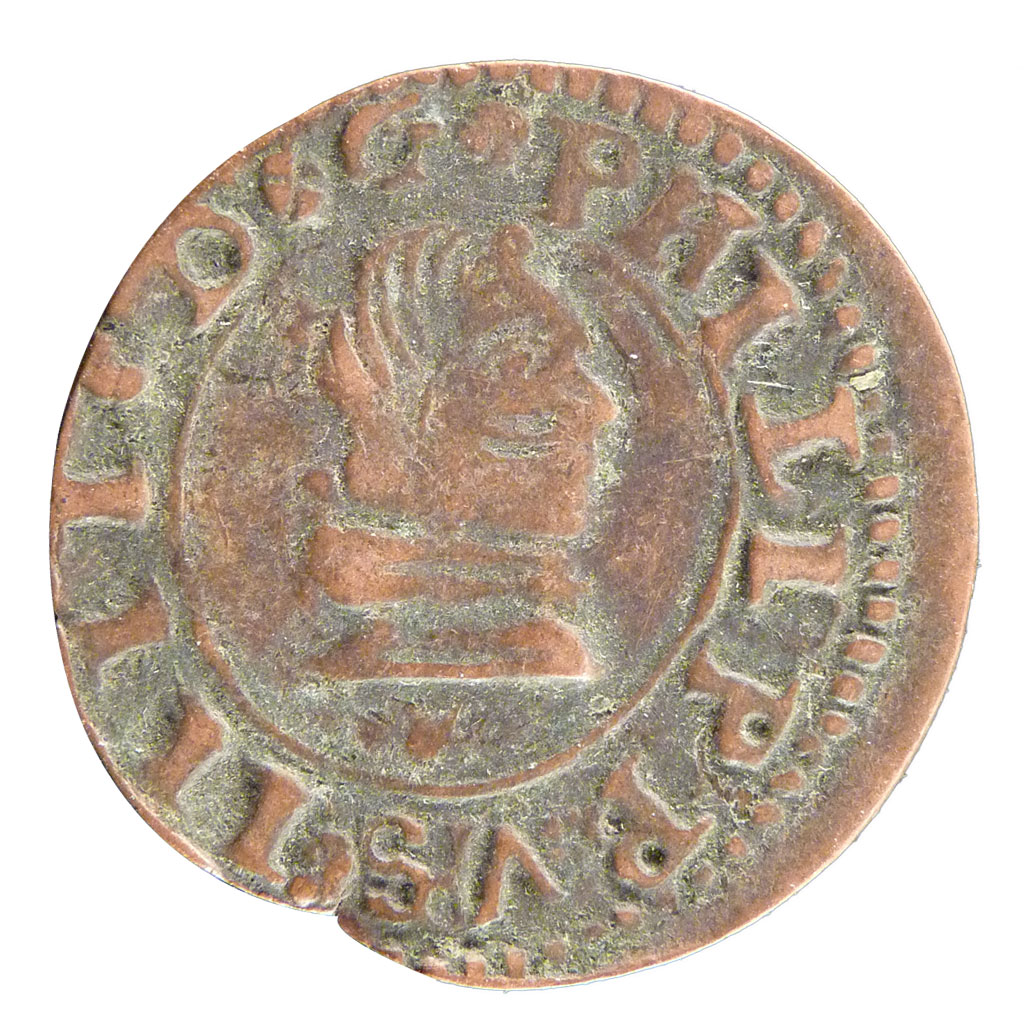
21032 Philippe IV , Espagne, 16 Maravedis TB, 16 Maravedis, De 5 à 15 Euros, Ségovie, Bronze
DEL MARAVEDÍ AL EURO (DESDE FELIPE V HASTA FELIPE VI) POR FRANCISCO JOSÉ ROZADA MARTÍNEZ, CRONISTA OFICIAL DE PARRES-ARRIONDAS (ASTURIAS) FELIPE V (1738) - 8 escudos de oro.
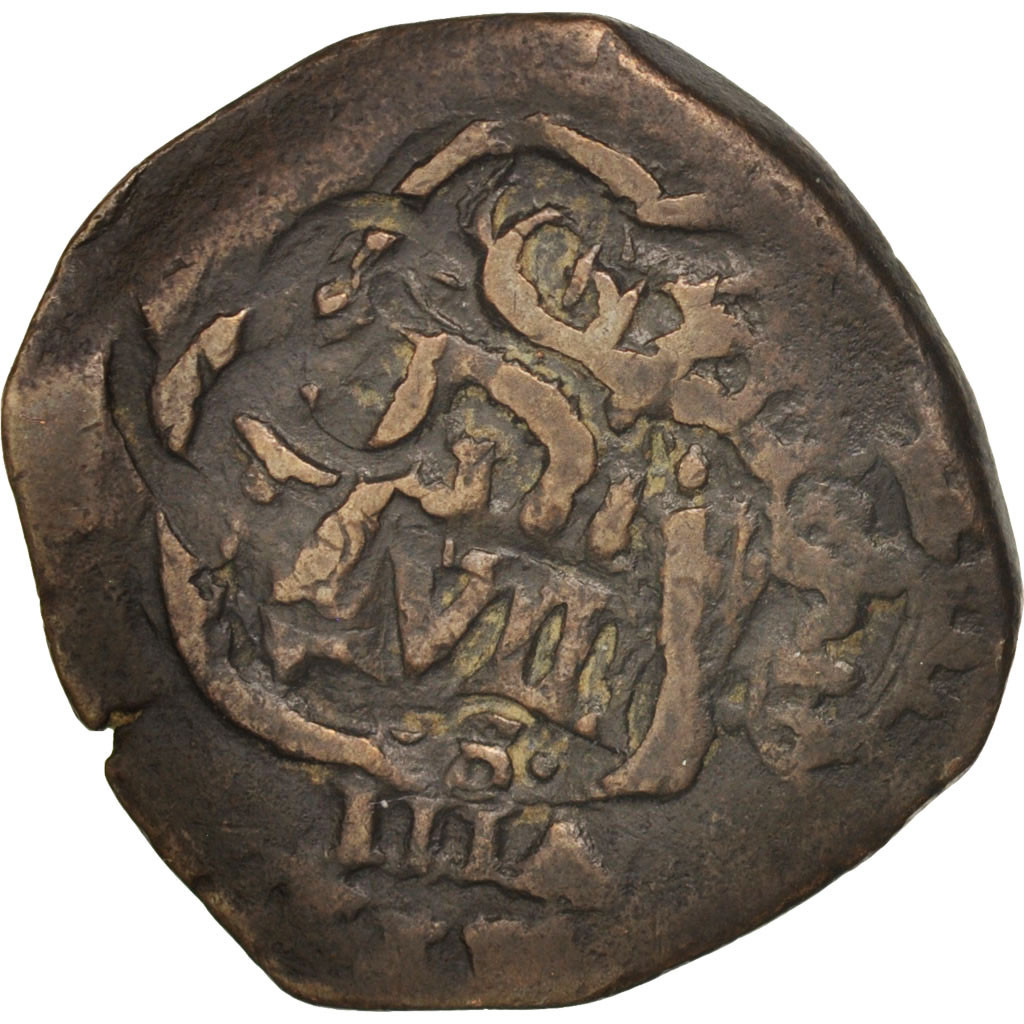
49787 Espagne, Philippe III, 8 Maravedis, 15981621, Seville, Cuivre TB+, 8 Maravedis, De 51
The maravedí ( Spanish pronunciation: [maɾaβeˈði]) or maravedi ( Portuguese pronunciation: [mɐɾɐvɨˈði] ), (from Arabic: الدينار المرابطي Almoravid dinar ), was the name of various Iberian coins of gold and then silver between the 11th and 14th centuries and the name of different Iberian accounting units between the 11th and 19th centuries.
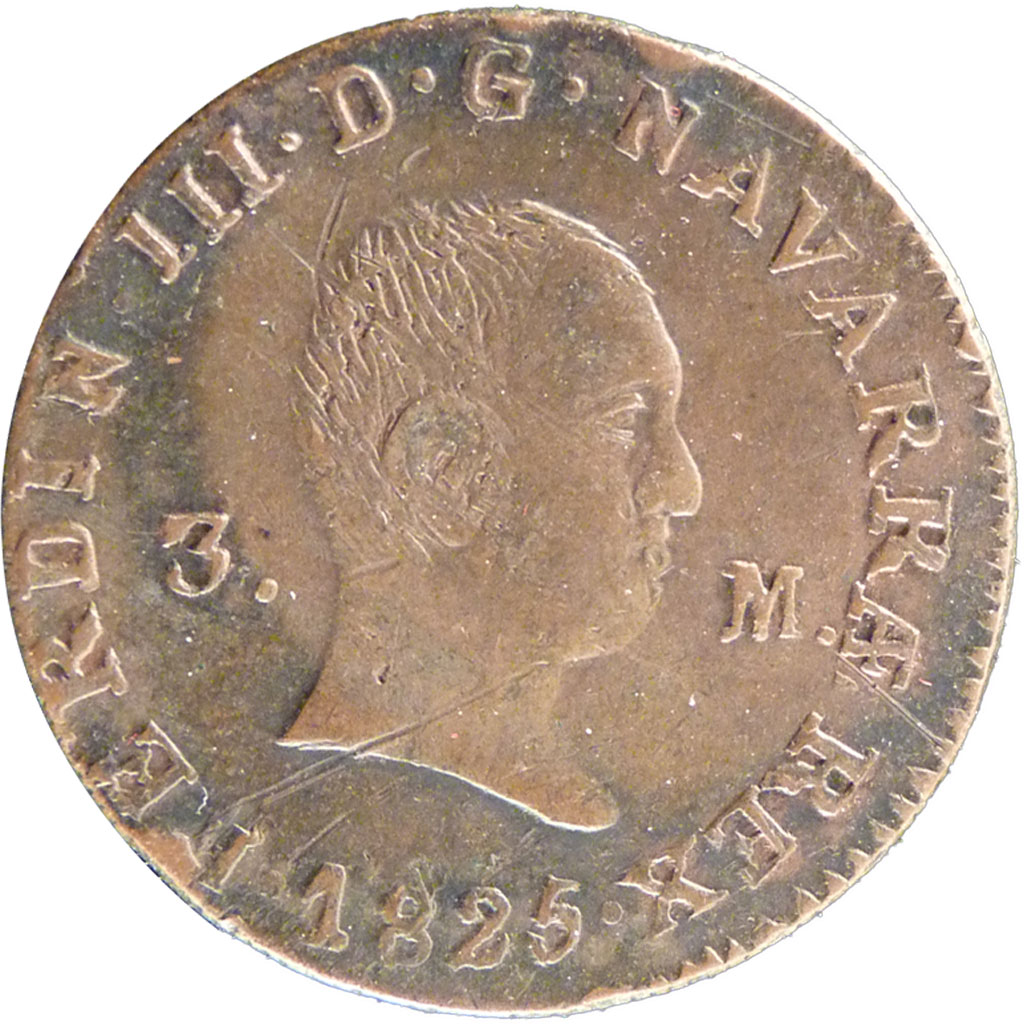
21044 Ferdinand III, Espagne, Royaume de Navarre, 3 Maravédis TB+, 3 Maravédis, De 51 à 150
martes, 13 de diciembre de 2011 UN MARAVEDI = ¿cuántos EUROS ? En mis años de trabajo en Isolux tuve un querido compañero que era muy peculiar cuando hablaba de dineros; sus "haberes" mensuales los convertía en papeles, por ejemplo, si cobrábamos 10.000 pesetas, él no, el cobraba 10 PAPELES, esa era su paridad, 1.000 pesetas = 1 papel.